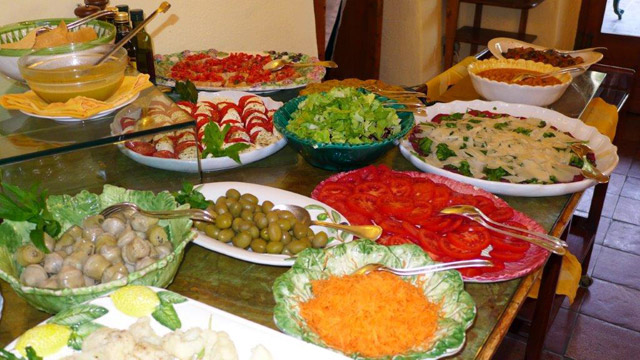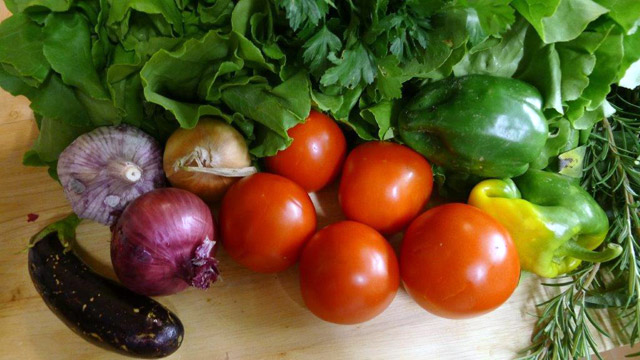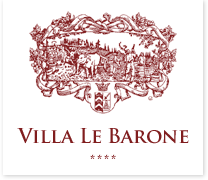
The “Tomato”, among the edible gifts brought by Christopher Columbus from the”new world”, deserves a special mention for its contribution to Italian cuisine. Anyone who has come in contact with Italy’s gastronomy knows that tomato is a fundamental and inalienable element of it and this is well put into practice at Villa le Barone.
The tomato, a solanaceae, is a native of the lower Andes, cultivated by the Aztecs in Mexico. The Aztec word ‘tomatl’ meant simply “plump fruit” and the Spanish conquerors called it “tomate”. The French first called the tomato “pomme d’amour” (love apple), for their belief that the exotic tomato had aphrodisiac powers. And the Italians named it “pomodoro”, that is “golden apple”.
At first the tomato was considered a decorative vegetable, not very nutritious, but in1773 the Neapolitan Vincenzo Corrado, a chef, a philosopher and an Italian scholar, considered as the founder of the Mediterranean cuisine, offers the first recipe of the tomato sauce in his cookbook, the ”Cuoco Galante”. This cookery book was reprinted, translated and sold in many parts of the world. The famous French cook Marie-Antoine Carême at the end of the 18th century developed a new refined food style using herbs and fresh vegetable, simplified sauces with few ingredients, including tomato sauce! First published in 1891, Pellegrino Artusi’s “La scienza in cucina e l’arte di mangiar bene” (Science in the Kitchen and the Art of Eating Well) has come to be recognized as the most significant Italian cookbook of modern times, with many recipes using “tomatoes”.

In fact, the Italian stroke of genius is the happy marriage between tomato sauce and pasta! Whether including meats or not, tomato is ever present in larger or smaller quantities in most raw or cooked Italian recipes … not forgetting that the red of the tomato, the green of the olive oil, basil or parsley and the white of the mozzarella are the colors of the Italian national flag! Careful with tomatoes, now! …there is not one tomato, but an innumerable number of species: some for cooking, some to be eaten fresh, some hard, some soft, some large, some tiny, some red, some green … choosing the right kind of tomato is a pleasant and necessary exercice.
At Villa le Barone, you will find tasty fresh tomatoes, will savor fresh tomato pasta sauce prepared by our Tuscan cooks, nibble away at “bruschetta” a fresh, simple and delicious appetizer and many other dishes prepared with tomatoes.
